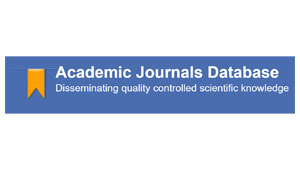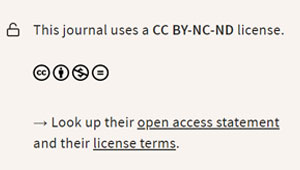Arnobio Germán Poblete, María Agustina Albeiro Castro
DOI: 10.59427/rcli/2023/v23.179-189
In search of more effective indices to explain the dynamic condition that influences snowfall in the Arid Andes, represented by the San Juan River spill (DJUA); in this work, two of them are analyzed, whose advantage is that they are multivariate, and, therefore, more representative of the climatic conditions prevailing in the April-September period. One of them is the Multivariate El Niño Southern Oscillation Index -ENSO- (MEI), which combines both oceanic and atmospheric variables, in a time series from 1979 to 2023. On the other hand, to measure the Western South Pacific Subtropical Anticyclone (ASPSO), of great magnitude and extension, the South Pacific Pressure Index (IPPS), developed and implemented by the Chilean Meteorological Directorate (DMC), is considered to be the most appropriate. From the analysis using specific statistical methodologies of these indices, it is concluded that both ratify the Megadrought prevailing in the Arid Andes since 2010, and in addition, show a trend that this could continue over time.
Pág. 179-189, 27-Dec,








